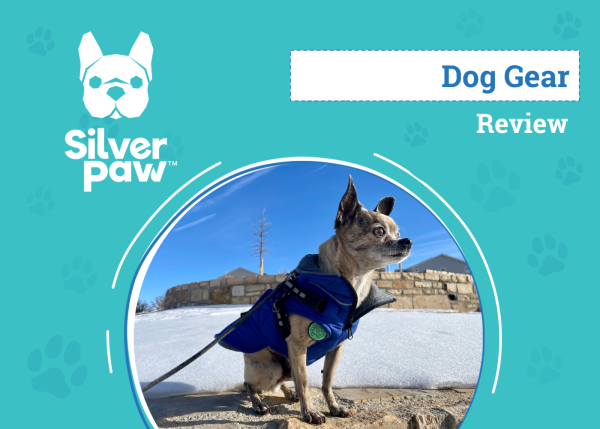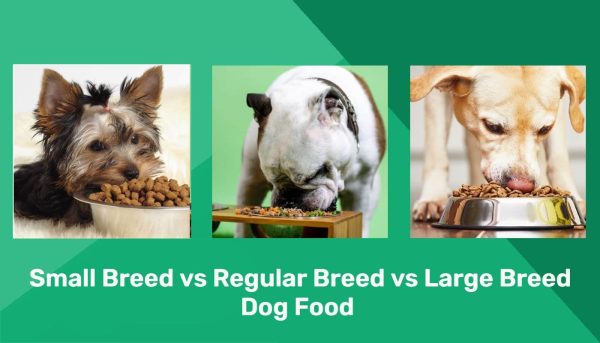In this article
View 4 More +Large and giant breed dogs transmit an impressive amount of force through their joints. Some of these dogs also have a tendency to lie on hard surfaces such as floorboards or concrete. When you add these two traits together, you get a dog that is at risk of developing a hygroma.
Hygromas are benign, fluid-filled swellings surrounded by a thick capsule of fibrous tissue; you’ll most commonly notice them over the elbows or hocks, though any bony point of the body is a possible location for a hygroma. But the question remains—should we be worried about them? And if so, how can we fix the problem?

What Are Hygromas in Dogs?
Hygromas are soft, benign, fluid-filled masses that form over bony prominences in dogs. We can think of hygromas as the canine version of “pressure sores”. They are most commonly seen in young to middle-aged large or giant breed dogs. They are most commonly encountered at the elbow, though they can also develop at other bony points, such as the hocks, hips, and wrists.
What Are the Signs of Hygromas in Dogs?
- Thickened, inflamed skin
- Small, fluid-filled, non-painful lump (early in the process)
- Large, firm, slightly painful lump (if left to grow)
- Oozing of pus or fluid (if infected)
Hygromas are most common in large or giant breeds of dogs; dogs that are overweight, sedentary, and spend a lot of time sleeping are at greater risk of developing hygromas.
If your dog is showing any of these signs, speak with your veterinarian to discuss your options.
If you need to speak with a vet but can't get to one, head over to PangoVet. It's an online service where you can talk to a vet online and get the personalized advice you need for your pet — all at an affordable price!

What Are the Causes of Hygromas in Dogs?
As we briefly mentioned, hygromas are a form of “pressure sore”. When a large or giant breed dog repeatedly gets up and down from a hard floor, they cause mild non-painful trauma to the tissue at bony sites like the elbow.
Over time, the body tries to protect this area by sending fluid and fibrous tissue there, in an attempt to form a “pillow” at the traumatized location. This is how hygromas develop.
How Do I Care for a Dog with Hygromas?
There is no “one size fits all” treatment for hygromas. The ideal treatment can vary from aggressive surgical intervention to no treatment at all. This will depend on several factors, such as your dog’s age, the size of the hygroma, and the presence of infection.
- Bedding. This one is fairly simple. We said that hygromas are directly related to lying on hard surfaces, such as floorboards, tiles, and concrete. The first step to preventing the hygroma from getting bigger is to use more padding or bedding on these hard surfaces. This will minimize the trauma caused every time your dog gets up or lays down.
- Coaptation devices. These are like bandages or splints that alleviate pressure over the affected bony sites. Commercially available options are available, but vets can fashion similar products from bandaging equipment.
- Surgery. If you’ve tried both of the above options but the hygroma continues to grow and give your dog grief, surgery may be a reasonable option. This includes removing the affected tissue and reconstructing the skin, while your dog is under general anesthetic. These can be challenging surgeries with a moderate complication rate, so they should be discussed thoroughly with your vet. Additionally, the surgery will only temporarily get rid of the problem, and the hygroma will recur if the underlying factors are not addressed.
- Drainage. We need to be clear: “drainage” does not include sticking a needle in and emptying the hygroma. This can lead to infection and other complications. Drainage involves leaving a piece of tubing indwelling in the hygroma if it is infected, to allow pus and fluid to escape.
- Medications. Antibiotics will be needed if the hygroma has become ulcerated and infected. Anti-inflammatories may help if the hygroma is inflamed and painful. However, neither of these medications will shrink the hygroma itself.

Frequently Asked Questions (FAQ)
What Issues Can Hygromas Cause?
The main issues hygromas can cause are pain and infection (or both). These are benign lumps that do not spread through the body or invade the deeper tissues.
How Can Hygromas Be Prevented?
Most hygromas can be prevented using adequate bedding and padding. Any hard surfaces that your dog likes to lie on should have soft bedding or blankets to minimize the impact every time they get up or down.
Is a Hygroma a Tumor?
No, hygromas are not tumors. Although they appear as lumps or growths, they are not caused by abnormal division of cells (as is the case with tumors). Rather, they are formed as the body tries to protect the traumatized tissue with fluid and scar tissue.

Conclusion
Large and giant dog breeds can transmit an impressive amount of force through their joints and coupled with lying on hard surfaces such as floorboards or concrete, the dog may be at risk of developing a hygroma.
Typically, soft bedding may help with hygromas, but if it doesn’t, it may be a good idea to speak to your vet about possible options.
Featured Image Credit: DogHygroma, ArtByCedar, Wikimedia Commons Public Domain


















